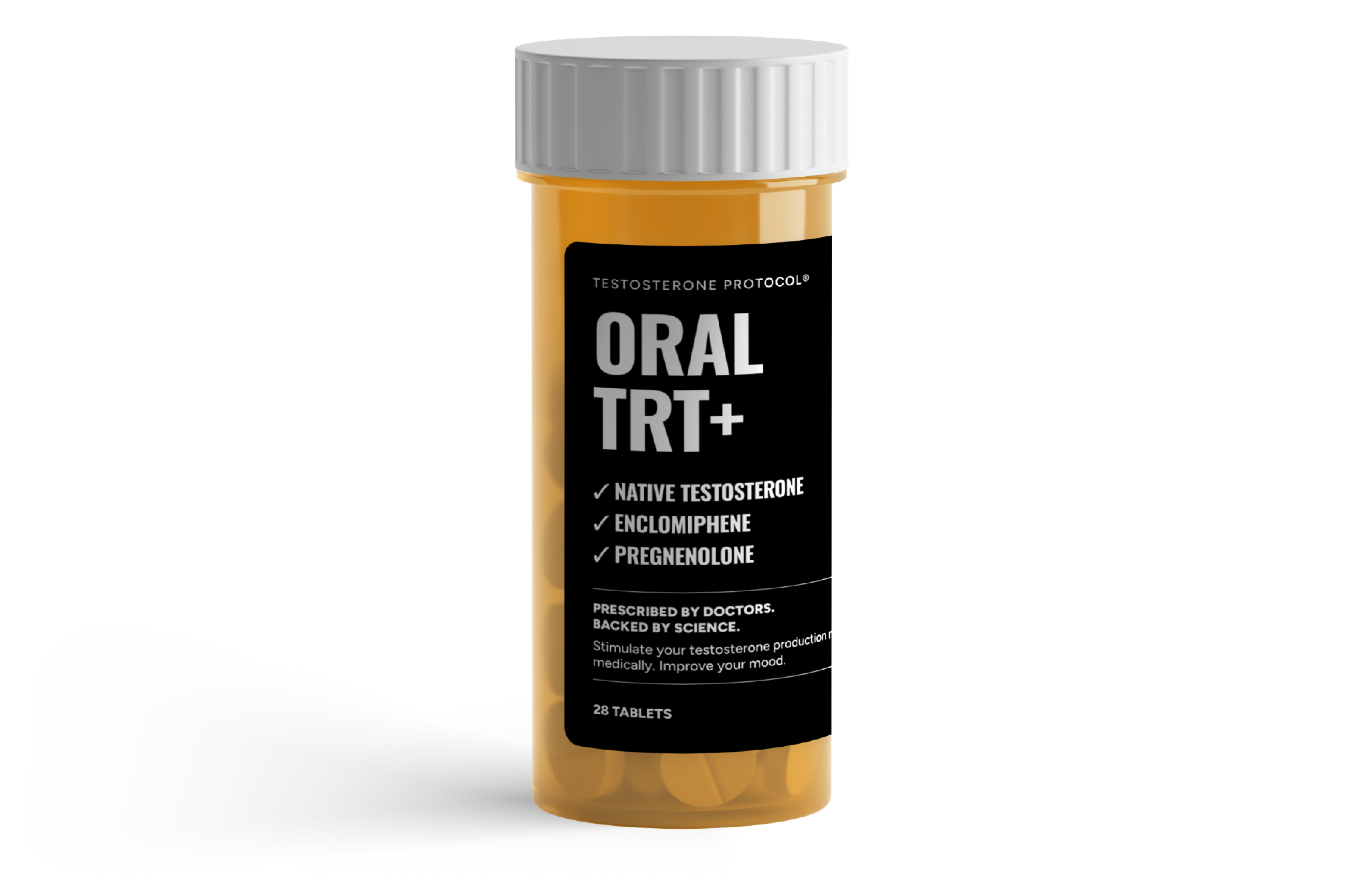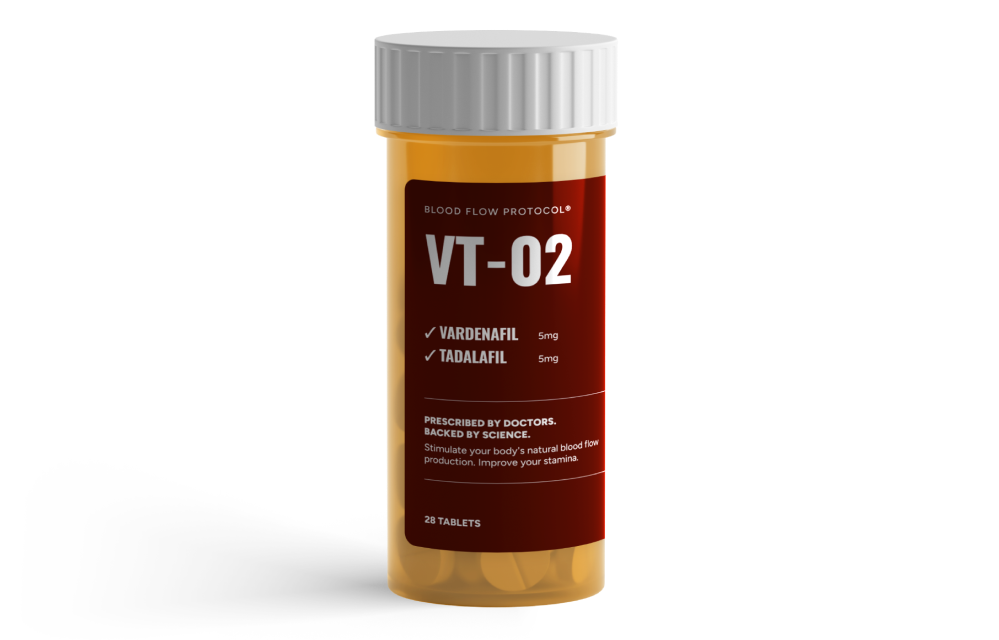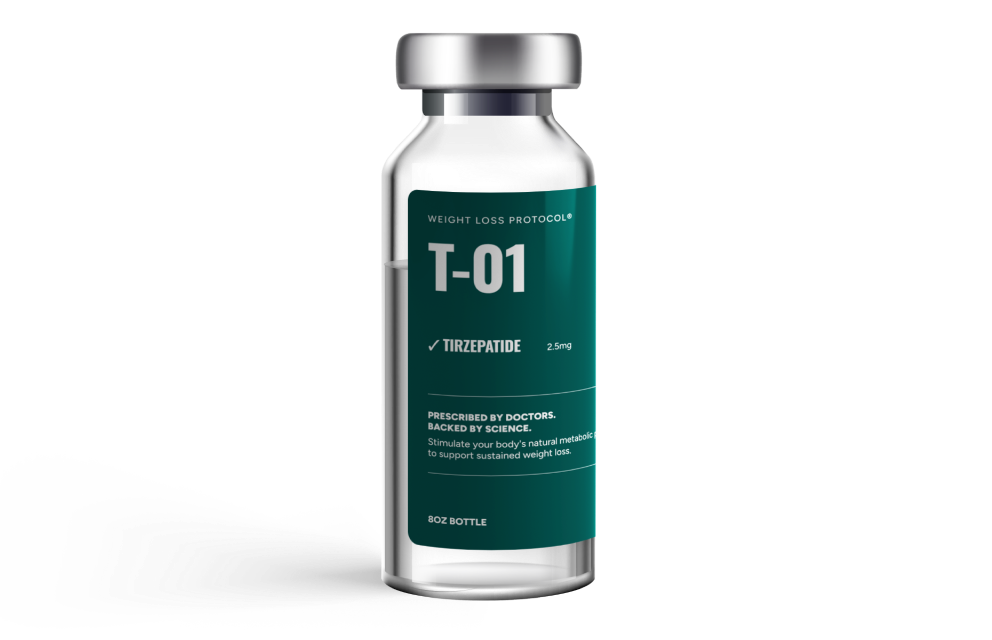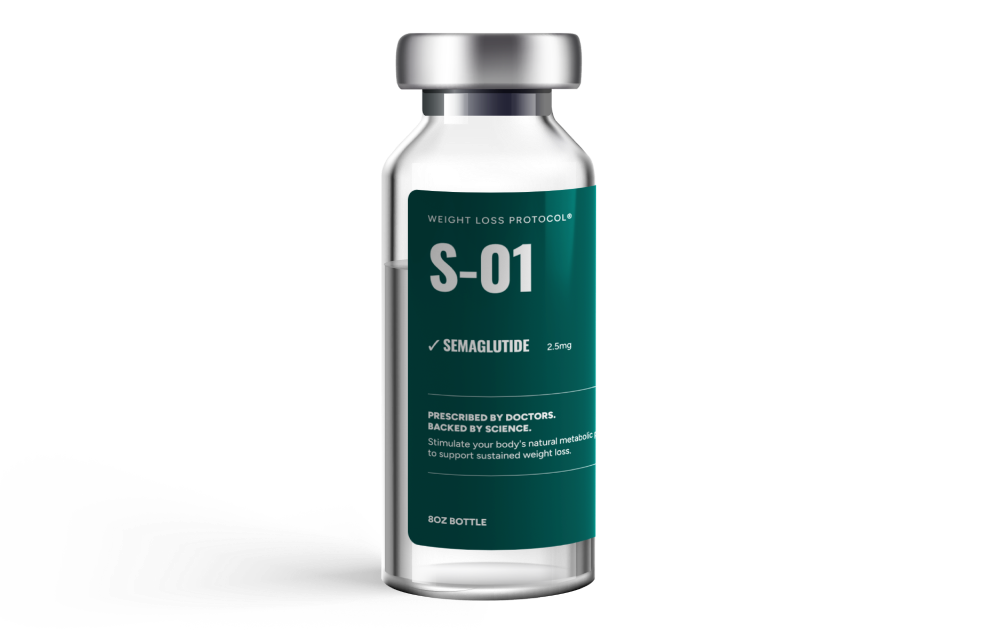Transition from TRT to enclomiphene

Introduction
Testosterone replacement therapy (TRT) is often the first-line treatment for low testosterone. But hormone therapy is associated with a number of side effects, such as decreased sperm count and quality, testicular shrinkage, and cardiovascular issues. But once you start TRT can you stop? Some doctors consider hormone therapy to be a lifelong treatment if you want to maintain normal testosterone levels because TRT shuts down your body’s ability to make testosterone. However, transitioning from TRT to enclomiphene allows you to experience the benefits of increased testosterone without the side effects. Read on to find out how to safely transition to enclomiphene and what to expect when you do.
Key takeaways:
- Enclomiphene is a safe alternative to Testosterone replacement therapy (TRT), which can be used to restore testosterone without harmful side effects.
- Reasons for stopping TRT include: decreased sperm count, impaired fertility, testicular shrinkage, and cardiovascular issues.
- You should gradually taper off TRT to avoid shocking your system; enclomiphene can be used to help make the transition easier.
- Within 3 to 9 months, your testosterone levels should return to normal after testosterone therapy when you transition to enclomiphene.
Why start TRT?
TRT is a hormone treatment used to reduce symptoms associated with low testosterone like low libido, erectile dysfunction, decreased muscle mass, and fatigue. Administered through injections, patches, pills, and gels, TRT works by shutting down the body’s natural production of testosterone and replacing it synthetically.
Studies show testosterone hormone therapy rapidly improves quality of life while reducing sexual, psychological, and somatic symptoms. There is also evidence that TRT increases lean body mass and boosts energy and endurance, which is why the hormone therapy is also popular non-medically in the bodybuilding community.
Why stop TRT?
Despite its benefits, short-term and long-term effects of testosterone replacement therapy may dissuade users from continuing treatment. Effects of TRT include:
- Infertility
- Decreased sperm count and quality
- Testicular shrinkage
- Worsened sleep apnea
- Non-cancerous growth of prostate and growth of existing cancer
- Increased breast tissue
- Cardiovascular issues caused by an increase in red blood cells
- Acne
- Dependency
What is enclomiphene?
Enclomiphene is the purified isomer of the fertility drug Clomid, or clomiphene citrate. As an alternative to TRT, enclomiphene restores your body’s ability to make more testosterone instead of replacing it synthetically. It achieves this by blocking estrogen from binding to the estrogen receptor in the brain, tricking the body into thinking it’s not getting enough. This stimulates the production of the hormones LH and FSH, which signals the testes to make more testosterone and sperm.
But unlike Clomid, enclomiphene does not cause mood swings, which is attributed to a chemical in the fertility drug called zuclomiphene. Zuclomiphene is an estrogen agonist; it increases estrogen in the body and has a longer half-life, which means it stays in the body long after use. Enclomiphene works in the opposite way and has a shorter half-life. It efficiently stimulates testosterone production without negatively impacting your mood or sticking around in your body for too long. And studies have suggested that most of the beneficial effects of Clomid are the result of enclomiphene anyway, with zuclomiphene contributing “little” to the intended outcomes.
How enclomiphene differs from TRT
While TRT shuts down your body’s ability to make testosterone, causing a number of undesirable side effects, enclomiphene stimulates your body to make more of its natural hormones by boosting LH and FSH levels. In a study comparing enclomiphene to transdermal testosterone, enclomiphene consistently increased total testosterone into the normal range and increased LH and FSH above the normal range. Transdermal testosterone, on the other hand, raised total testosterone but suppressed serum levels of LH and FSH.
In addition to testicular shutdown, shrinkage, and dependence, TRT is also known to suppress sperm count and quality, but not enclomiphene. In a study out of Baylor College of Medicine, enclomiphene successfully increased serum testosterone levels without negatively impacting semen parameters in as little as 14 days.
How to safely transition to enclomiphene
Once you are on TRT therapy, you can stop, but you should do so gradually. If you are on TRT and want to transition to another low testosterone therapy, such as enclomiphene, we recommend tapering off under your doctor’s care over several weeks to avoid shocking your system. If you stop suddenly, you will likely experience side effects like decreased libido, low energy, irritability, and depression as your testosterone levels plummet. The likelihood and intensity of these symptoms will depend on how long you’ve been on treatment.
During this tapering off phase, you can support your body as it adjusts to relying on its own testosterone production. Exercising, eating well, getting enough sleep, and reducing your stress levels are all known to promote testosterone production. Taking supplements containing zinc, vitamin D, vitamin E, and B vitamins may also help during this process and long-term.
After tapering off, switch over to restoring your testosterone levels by taking a TRT alternative like enclomiphene. If you choose the Testosterone Protocol, you will work with a licensed doctor to establish your custom treatment plan and you will also be tested before and after starting treatment to ensure the enclomiphene is working. Testing is not always performed before and after TRT therapy. Though there are no reported interactions between TRT and TRT alternatives like clomiphene (which contains enclomiphene), there is not enough data to suggest adding the medication to your regimen while you taper off.
How long does it take to restore normal testosterone levels after transitioning?
According to this study, it takes around 10 weeks to reach normal testosterone levels and increase testicular volume after switching from TRT to restoration therapy. And doctors report that it takes around 3 to 9 months for spermatogenesis to return when transitioning men to a TRT alternative, so patience is key.
What are the side effects of enclomiphene?
Enclomiphene is a safe testosterone therapy and generally well-tolerated. The most common side effects reported when taking enclomiphene are increased libido, acne, and aggression. There are no reported drug interactions. Less commonly, the following side effects have been observed in a small number of users: headache (3.3%), nausea (2.1%), diarrhea (1.9%), dizziness (1%), hot flush (1.7%), and joint pain (1.2%).
While TRT is typically discouraged for non-medical reasons like increased muscle mass and better confidence, especially in those with normal testosterone levels at baseline, enclomiphene is safe to take whether you have low or normal levels. The benefits of increased testosterone go above and beyond higher numbers on a chart: more muscle mass, consistent sex drive, better confidence, and more, without the painful injections, messy creams, or side effects associated with TRT.
Find out more about what to expect on the Testosterone Protocol.












